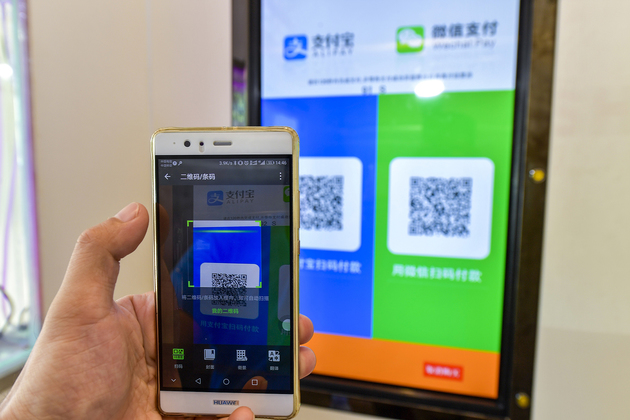
Photo/VCG
Following WeChat's trial of palmprint-scanning payment in some cities, Alipay is also gearing up on this front.
According to media reports, Alipay is developing the "scan palm to pay" function, which may become a new payment method for Alipay in the future. The project was accelerated since last year, and in addition to the internal research and development of "scan palm to pay" function, the R&D team has pre-researched multiple prototype devices for offline payment scenarios, and users can complete the payment by placing their palms on the recognition area of the device.
However, when reached by media agencies for commet, Alipay said they are not available to disclose details.
The field of payment may undergo big changes with the new moves of the two major mobile payment giants in China.
From the application level, the advantages of palmprint-scanning payment are obvious. Although both palmprint-scanning payment and face-scanning payment are the applications of biometric recognition technology in the field of payment, and are "touchless payment" that do not require contact with the device to complete the payment, the payment by scanning the palm can better protect personal privacy.
In addition, compared with the ordinary password payment and QR code-scanning payment, palmprint-scanning payment has the characteristics of convenience and security.
From the level of the payment market, the transactions via third-party mobile payment in China will further increase in the future.
According to the report on the competition analysis and prospects of China's third-party payment industry 2021-2025, as of the end of June of 2021, the number of users using online payment has reached 872 million, and 98% of users have set mobile payment as the preferred payment option. It is expected that the transactions in China's third-party mobile payment market will reach 379 trillion yuan in 2022.
The emergence of palmprint-scanning payment will bring new growth point to third-party payment platforms.


 川公网安备 51019002001991号
川公网安备 51019002001991号





